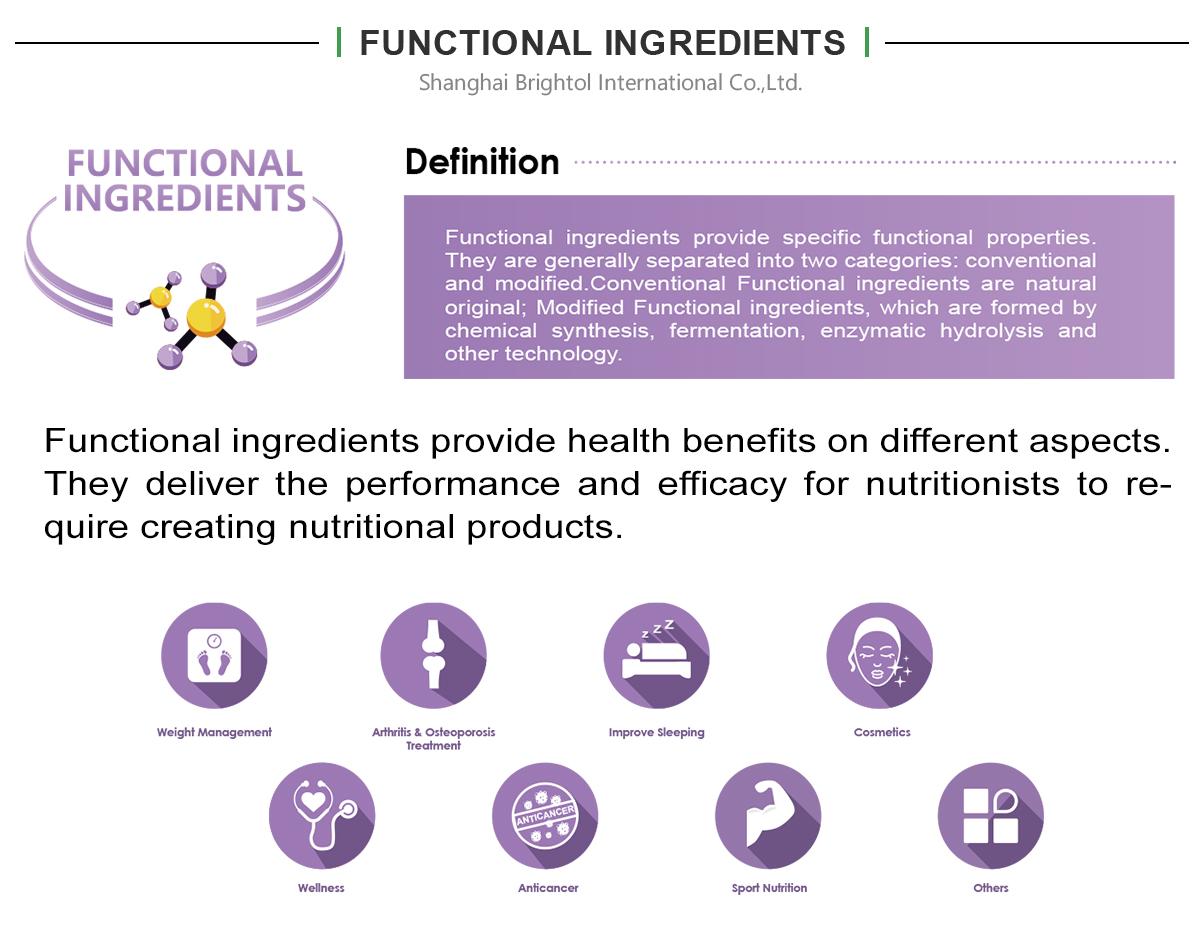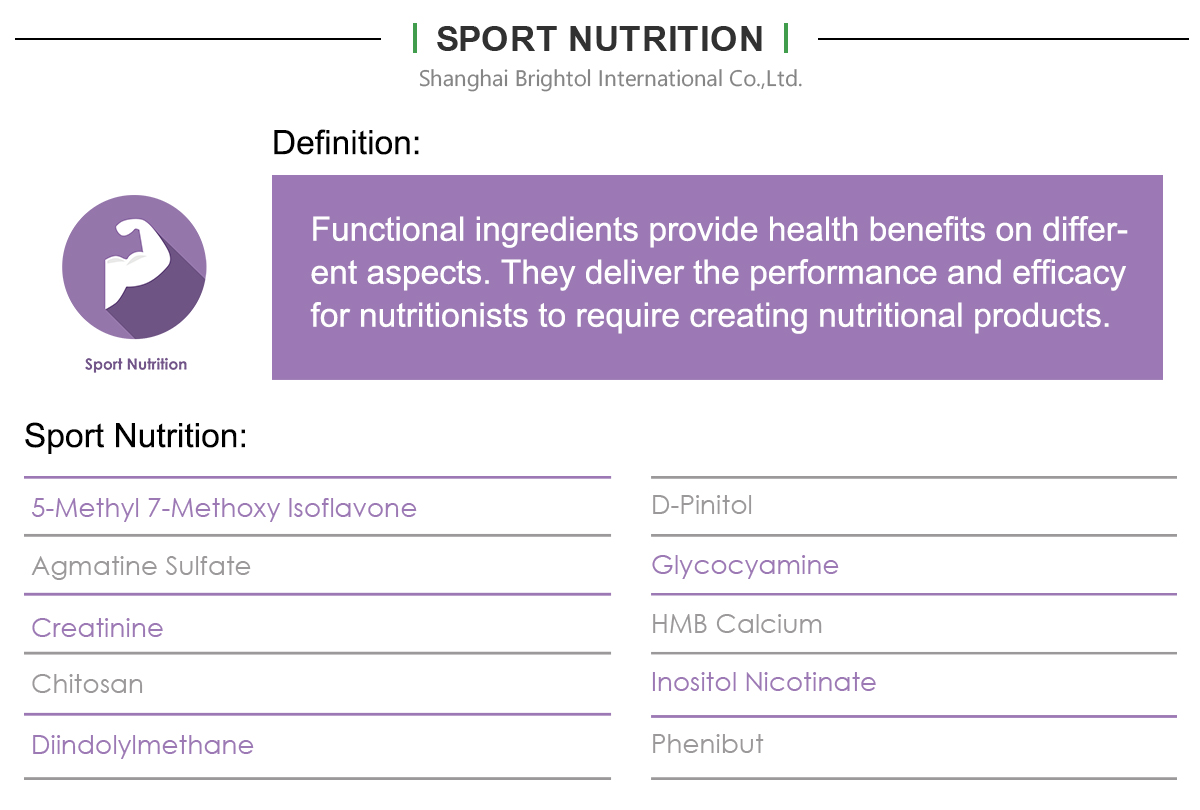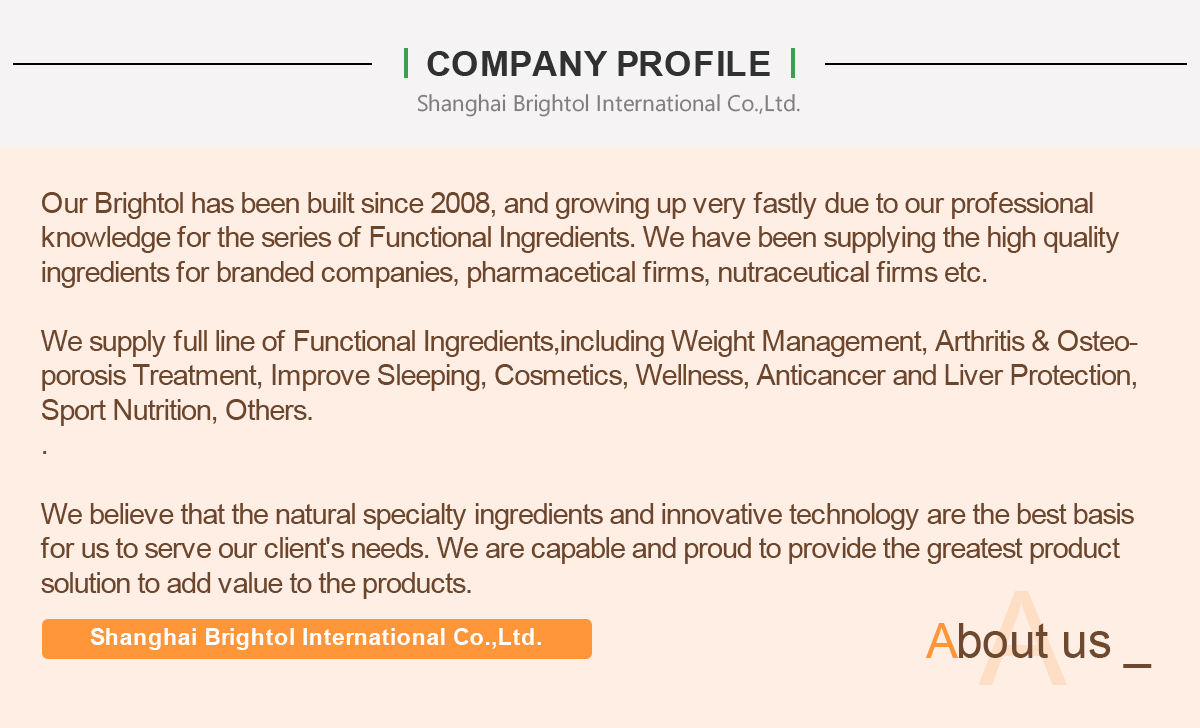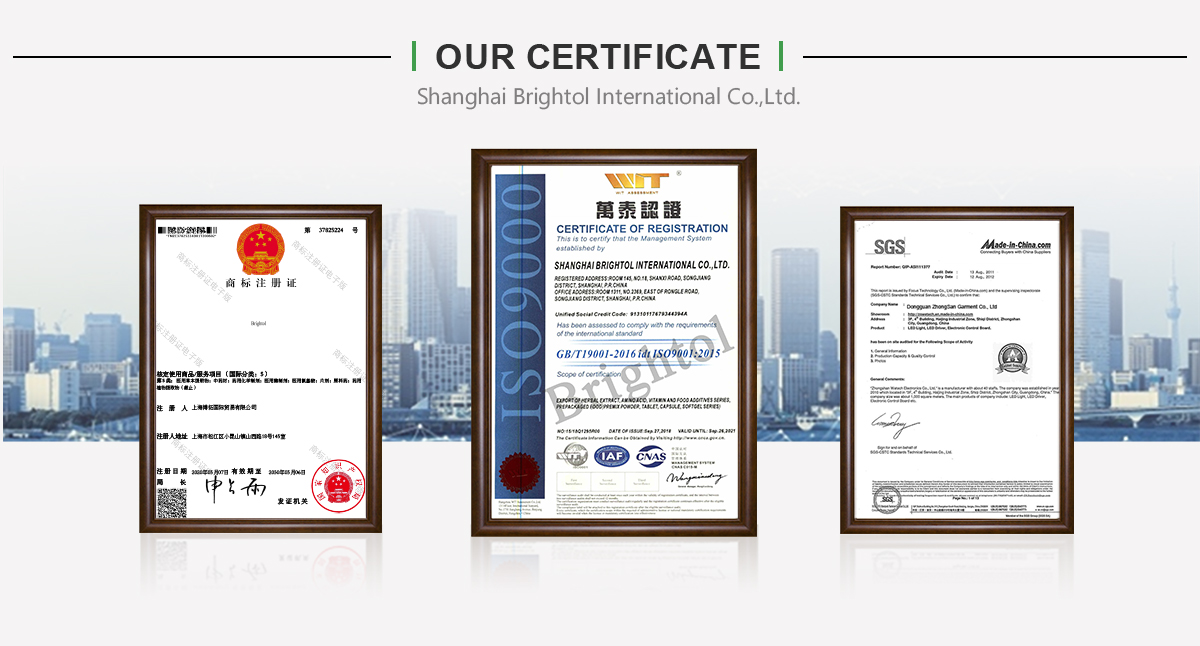

Product Name: Trimethylglycine
Synonyms: 2-[(2,5-Dioxo-1-Pyrrolidinyl)Oxy]-N,N,N-Trimethyl-2-Oxo-Ethanaminium; N,N,N-TRIMETHYLGLYCINE-N-HYDROXYSUCCINIMIDE ESTER, BROMIDE; Α-Trimethylammonium Acetyl N-Hydroxysuccinimide Bromide
Molecular Formula: C9H15BrN2O4
Molecular Weight: 295.13
CAS No.: 42014-55-1
Description:
Trimethylglycine (TMG), commonly known as betaine, is naturally produced in the body to diminish hazardous homocysteine levels. Researches have suggested that TMG, along with other nutrients, helps to reduce potentially toxic levels of homocysteine a naturally occurring amino acid that can be harmful to blood vessels thereby contributing to the development of heart disease, stroke, and peripheral vascular illness. Trimethylglycine works closely with other methyl donors including choline, vitamin B12,folic acid and SAMe, and is in addition a precursor of carnitine synthesis......
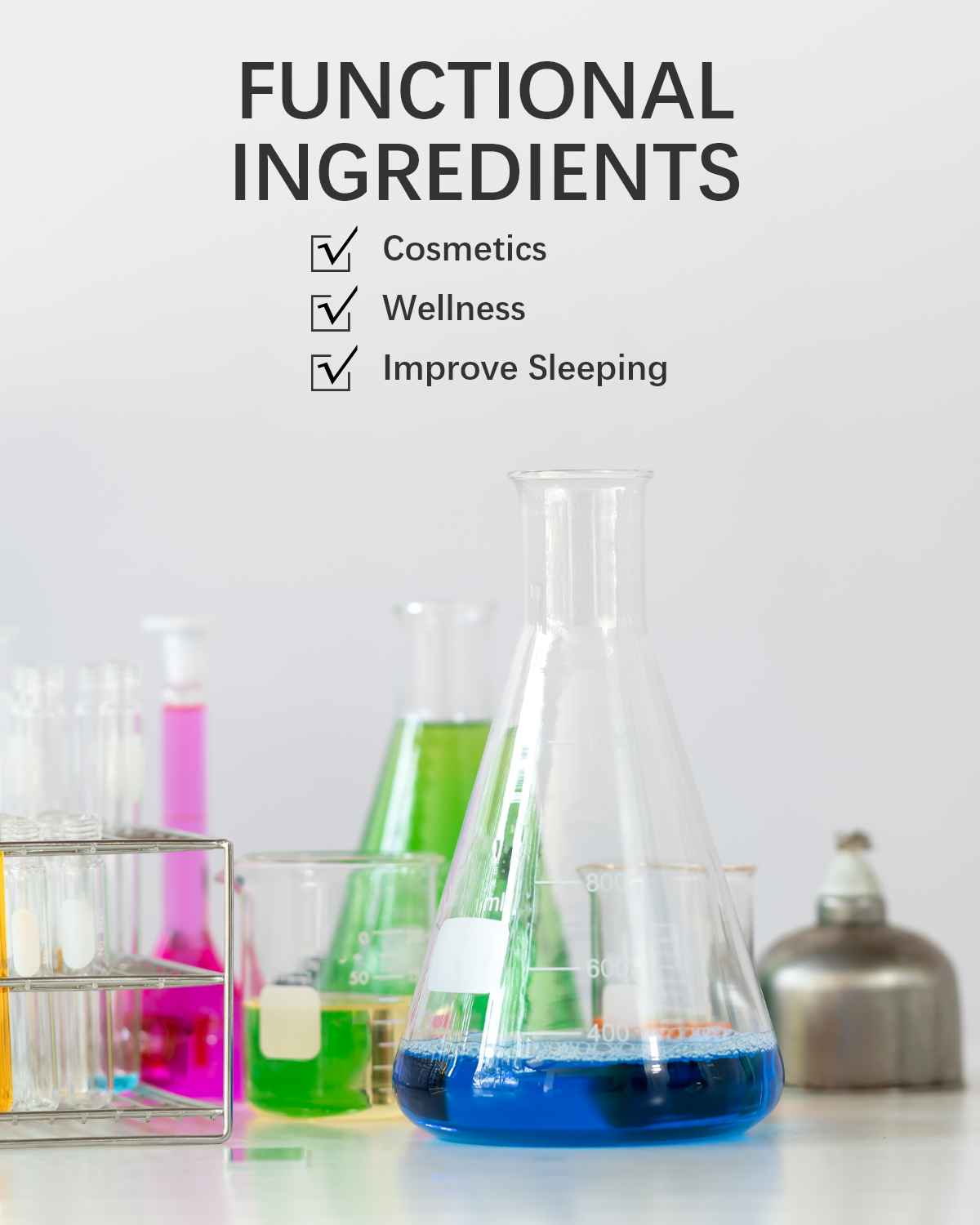

Product Name: Trimethylglycine
Synonyms: 2-[(2,5-Dioxo-1-Pyrrolidinyl)Oxy]-N,N,N-Trimethyl-2-Oxo-Ethanaminium; N,N,N-TRIMETHYLGLYCINE-N-HYDROXYSUCCINIMIDE ESTER, BROMIDE; Α-Trimethylammonium Acetyl N-Hydroxysuccinimide Bromide
Molecular Formula: C9H15BrN2O4
Molecular Weight: 295.13
CAS No.: 42014-55-1
Description:
Trimethylglycine (TMG), commonly known as betaine, is naturally produced in the body to diminish hazardous homocysteine levels. Researches have suggested that TMG, along with other nutrients, helps to reduce potentially toxic levels of homocysteine a naturally occurring amino acid that can be harmful to blood vessels thereby contributing to the development of heart disease, stroke, and peripheral vascular illness. Trimethylglycine works closely with other methyl donors including choline, vitamin B12,folic acid and SAMe, and is in addition a precursor of carnitine synthesis.
Trimethylglycine helps convert homocysteine to methionine by donating a methyl group. The process is called methylation, because a methyl group detaches from a “donor” molecule and attaches onto the homocysteine molecule, converting this potentially toxic amino acid back into methionine.
Once trimethylglycine work has been completed in decreasing homocysteine levels in the body, it becomes another substance known as DMG (dimethylglycine). In Russia, TMG/DMG is used extensively as an sporty performance enhancer, and it has also become popular among American athletes.
Benefits:
1. Heart health
2. Digestion
3. Liver health
4. Muscle benefits
5. Boost same levels
6. Methyl donor
7. Osmoregulator
